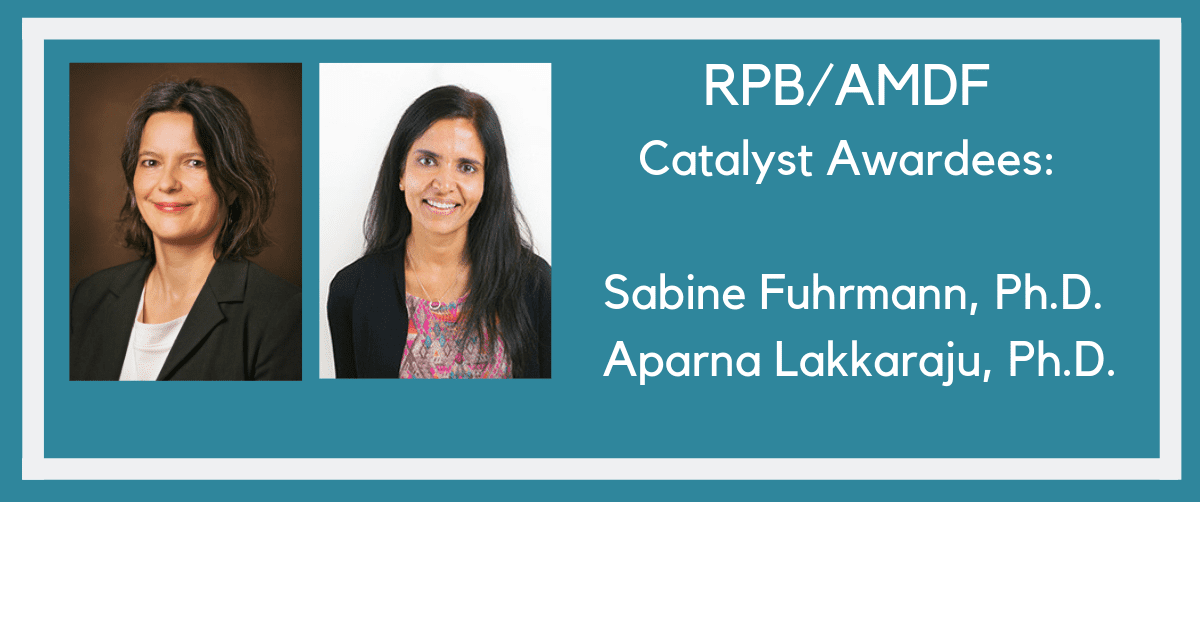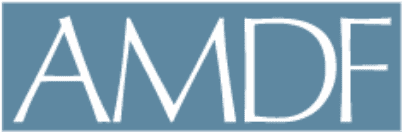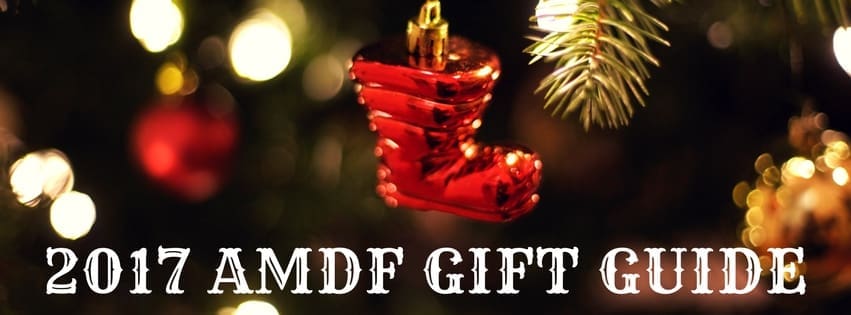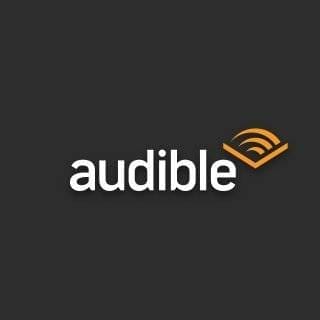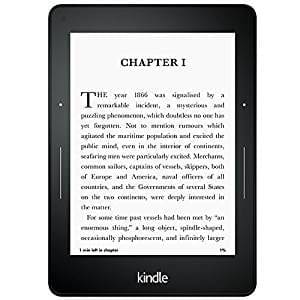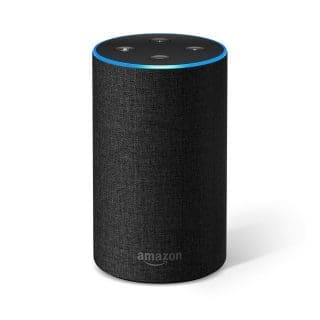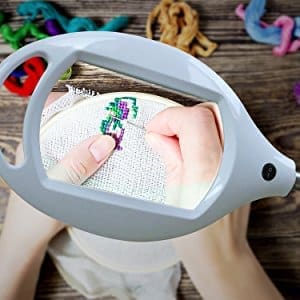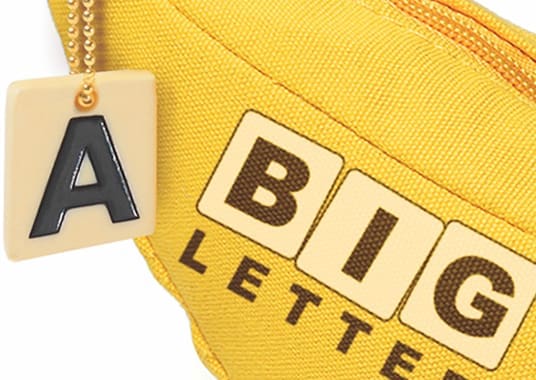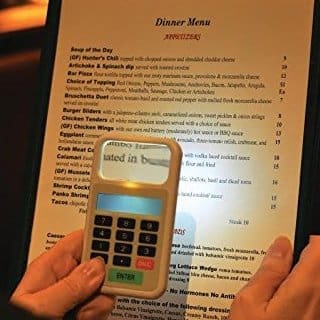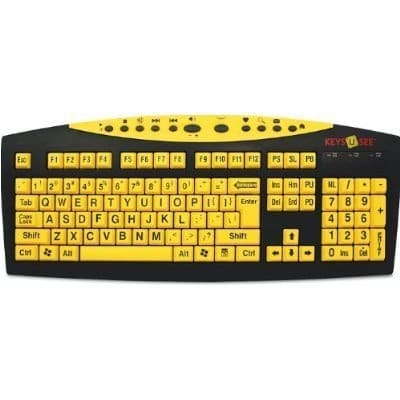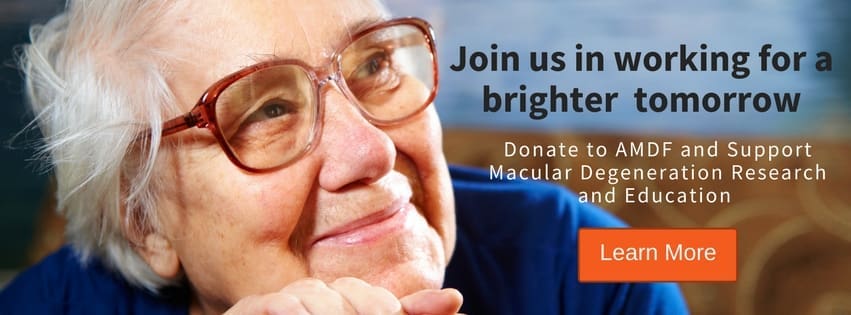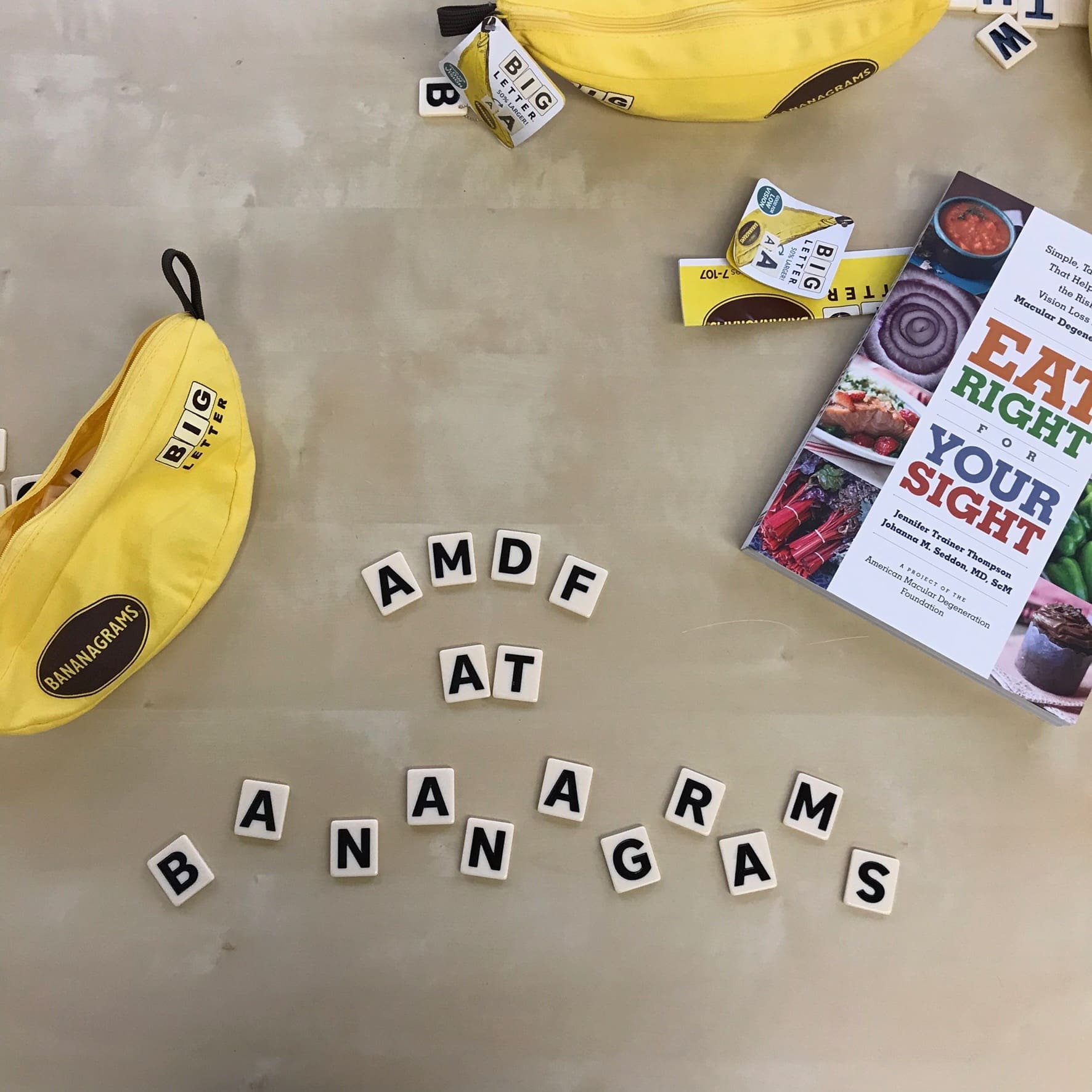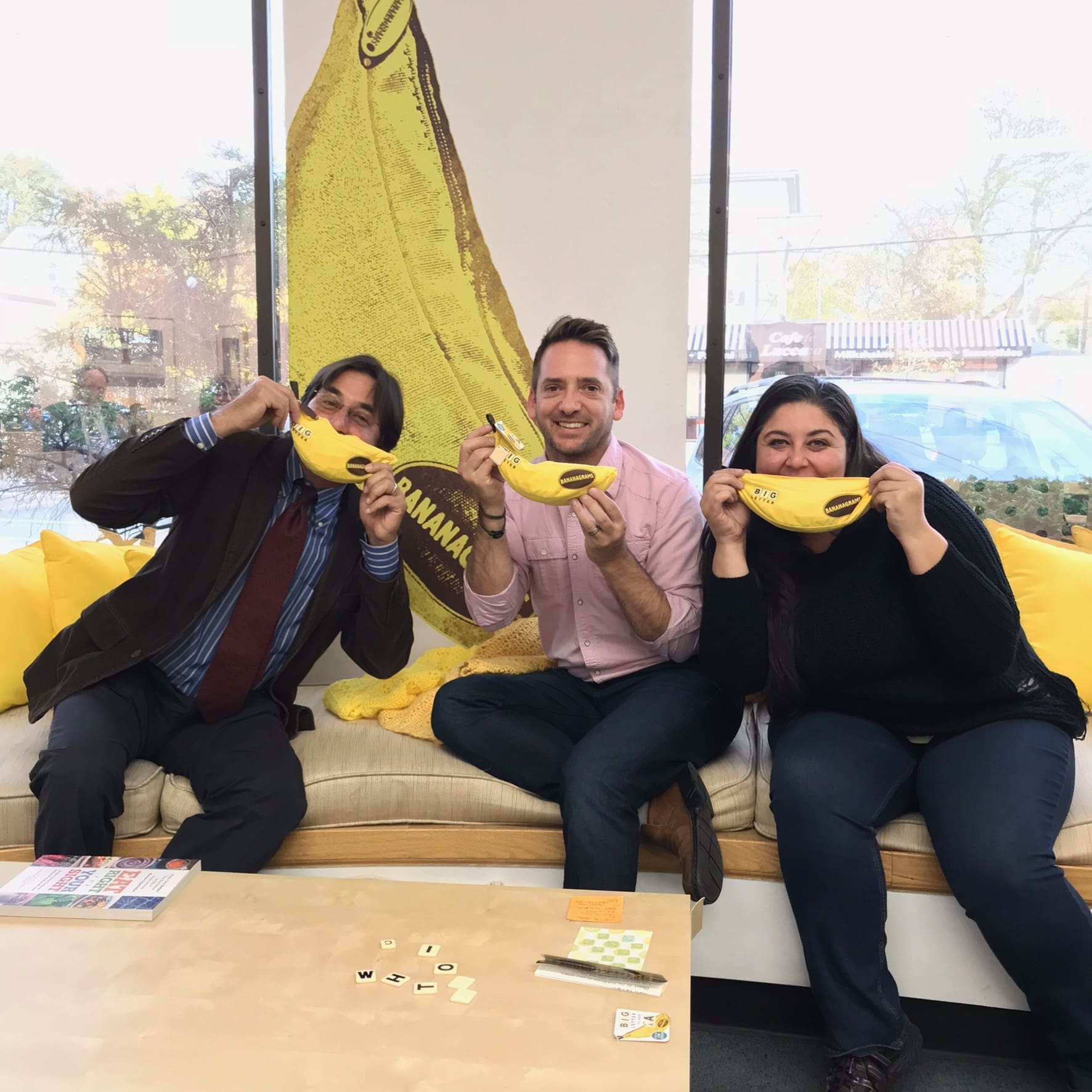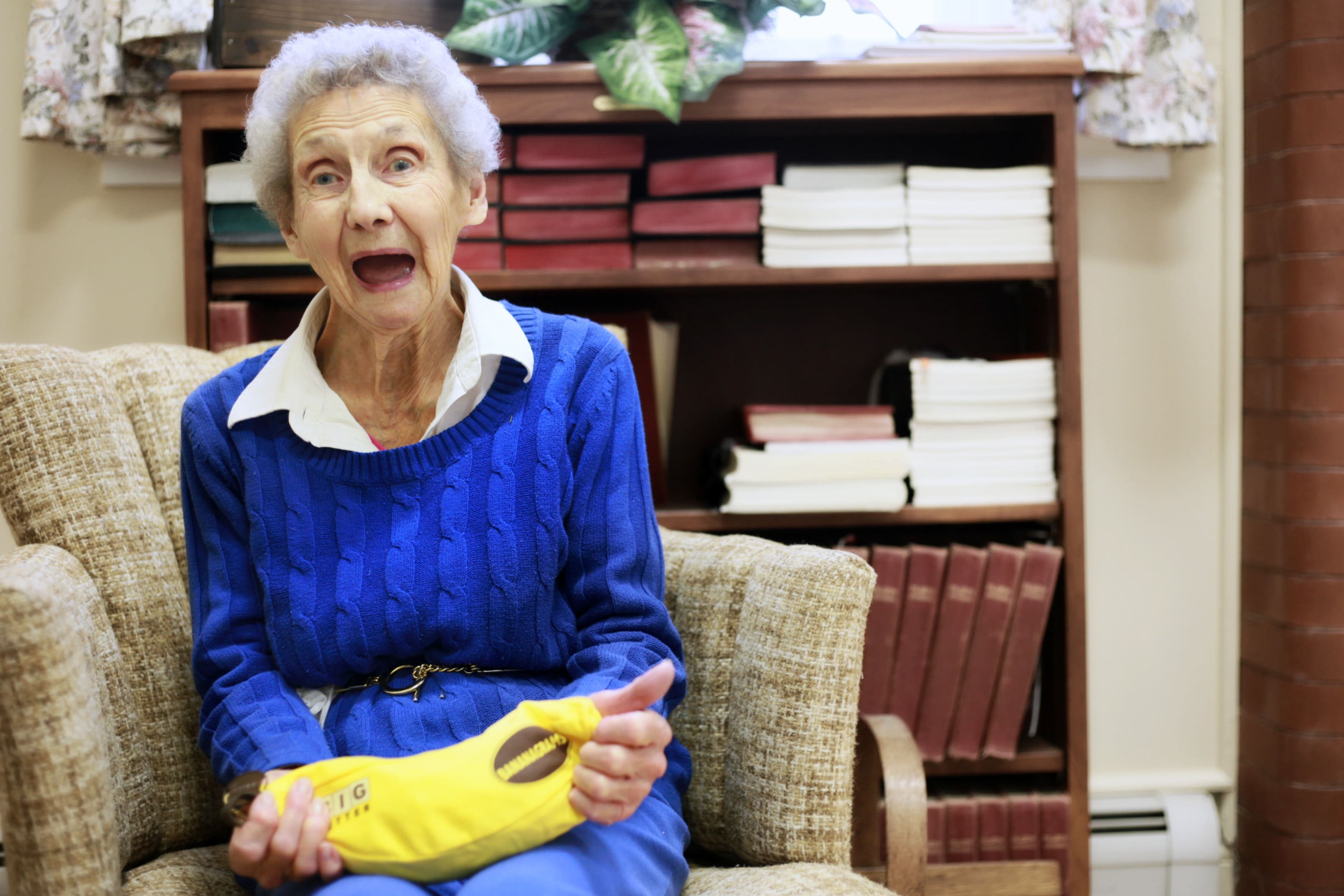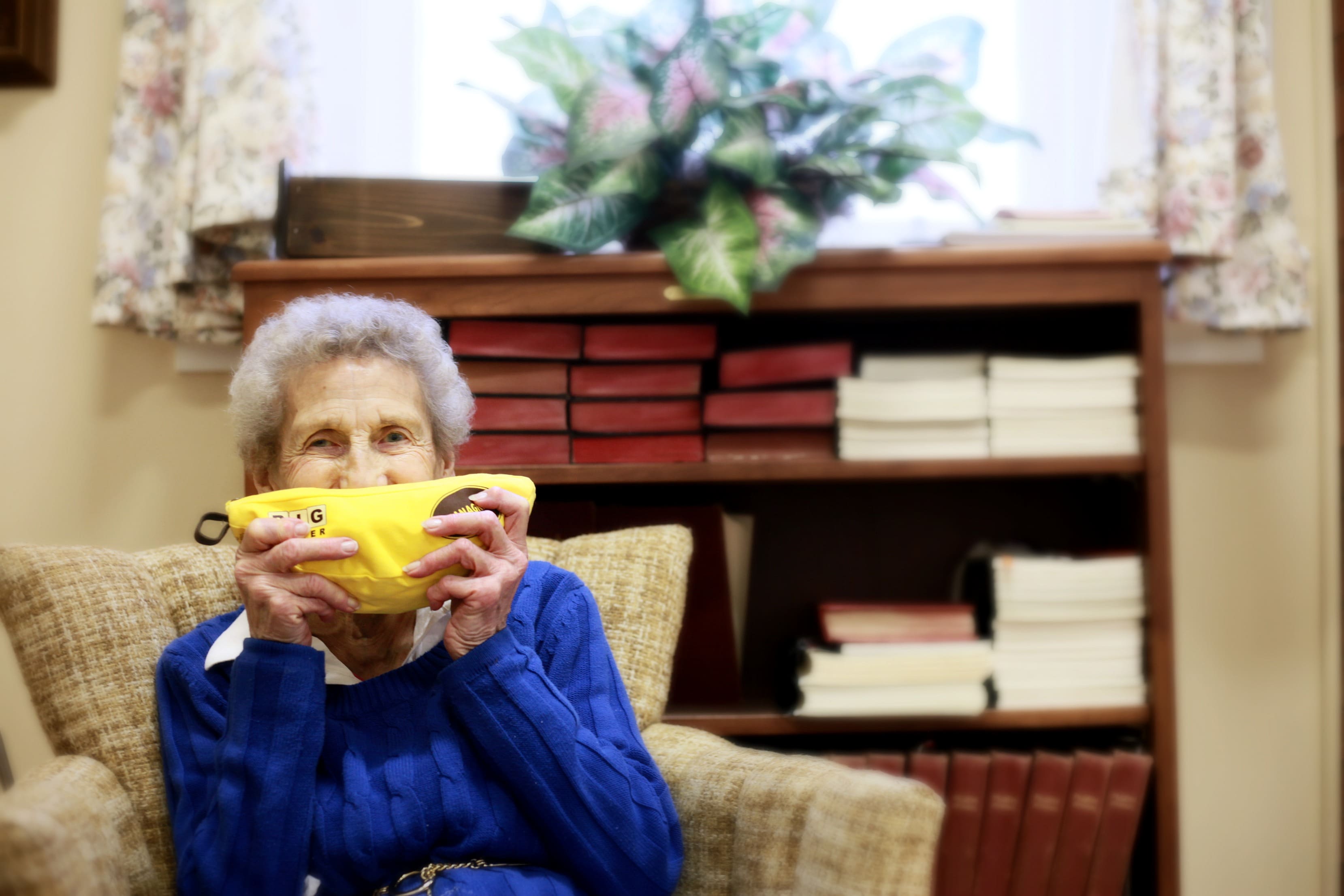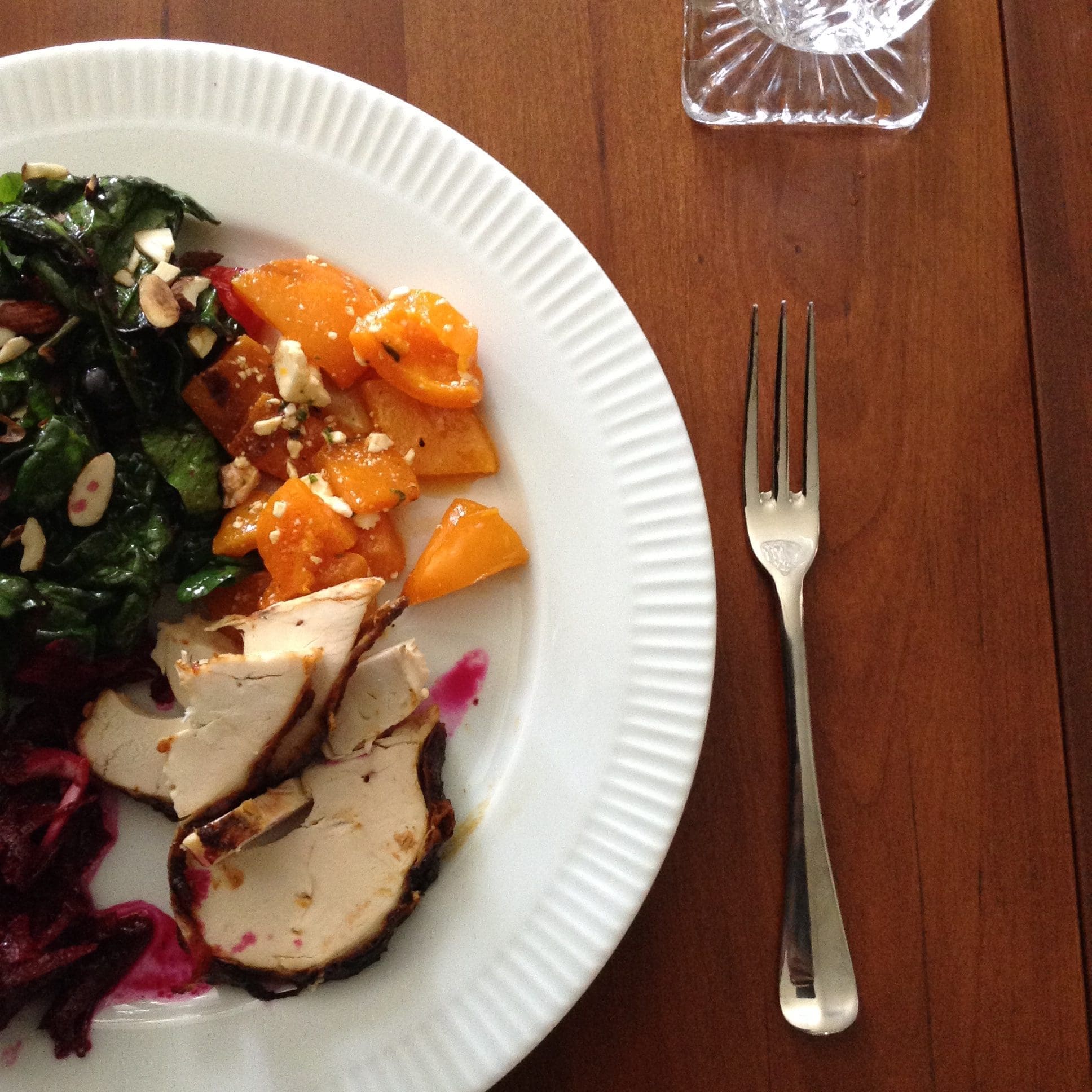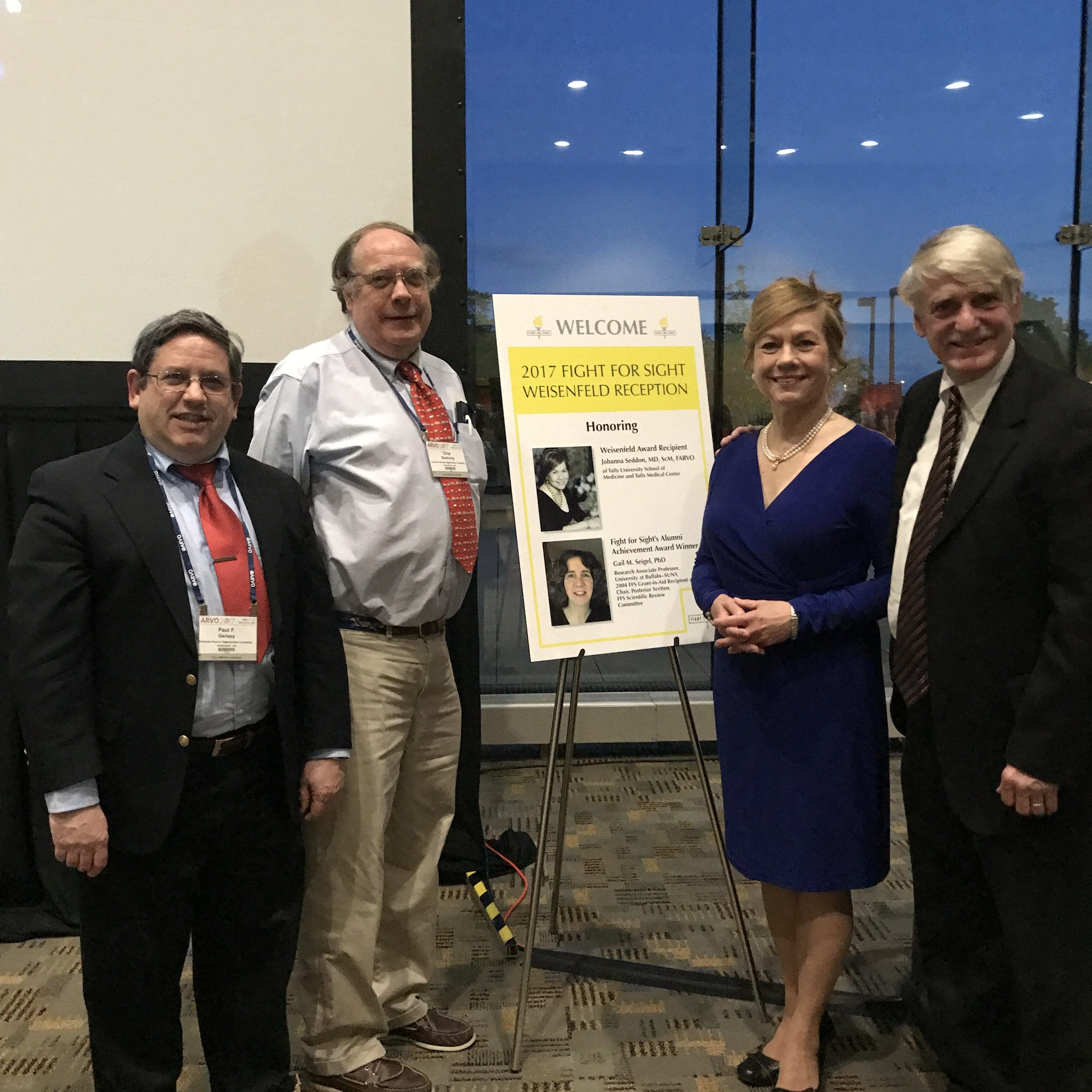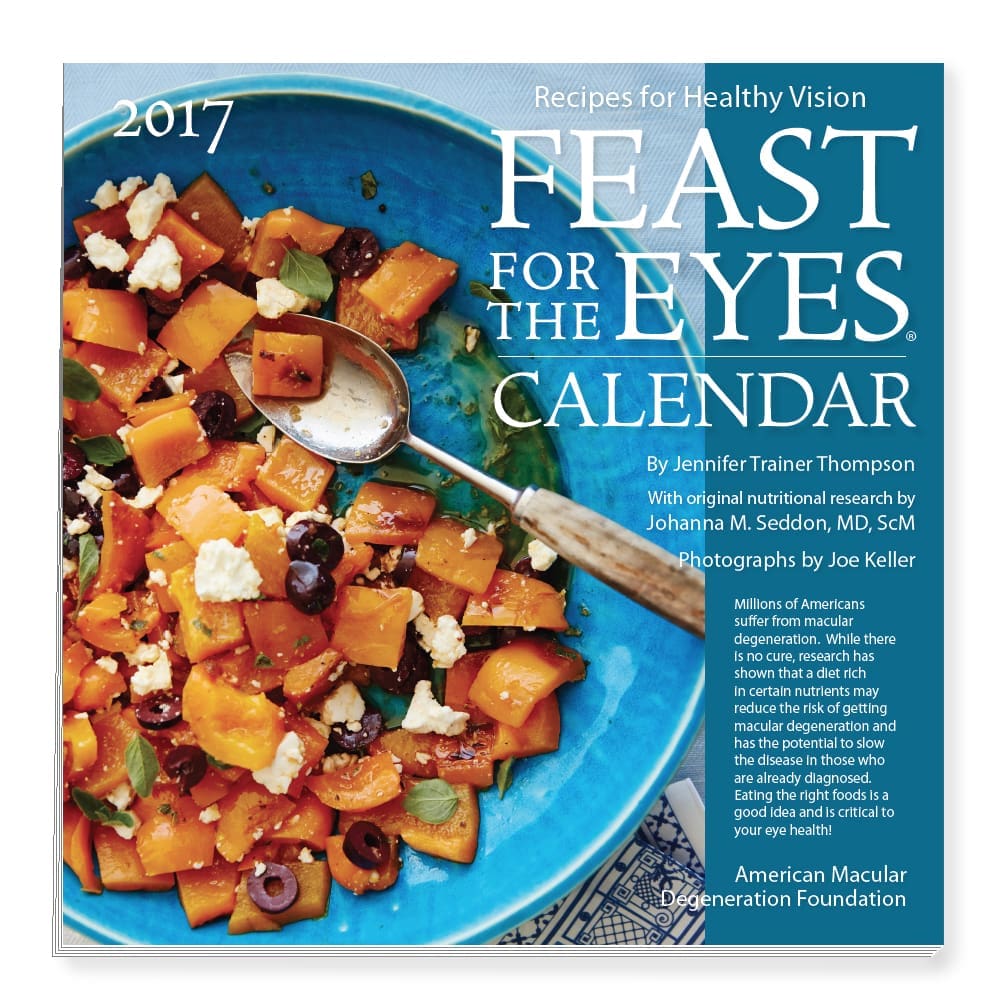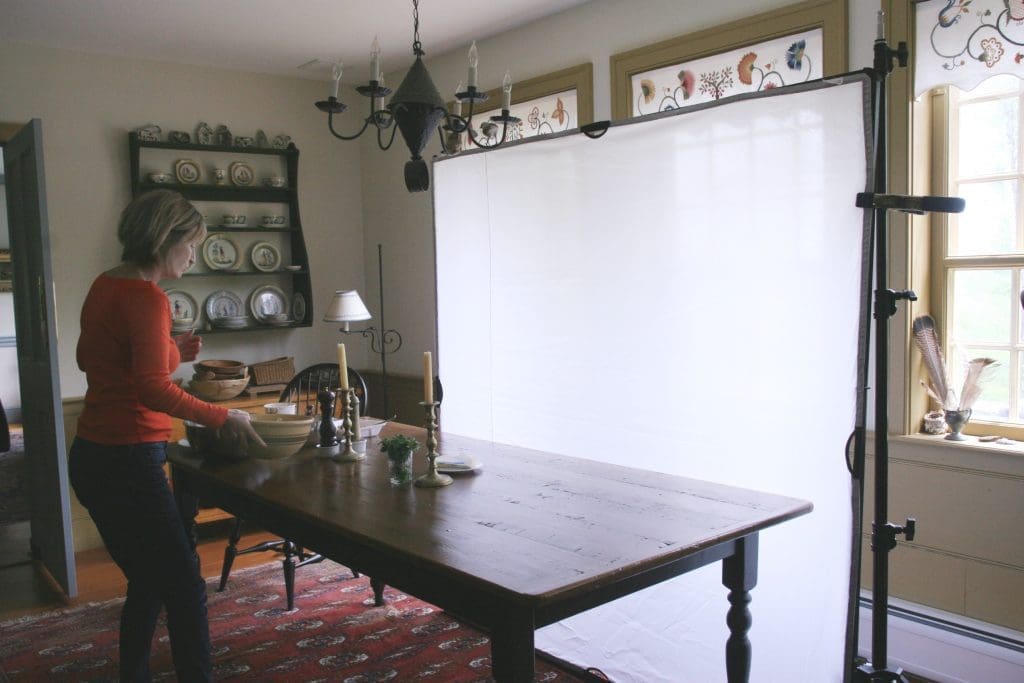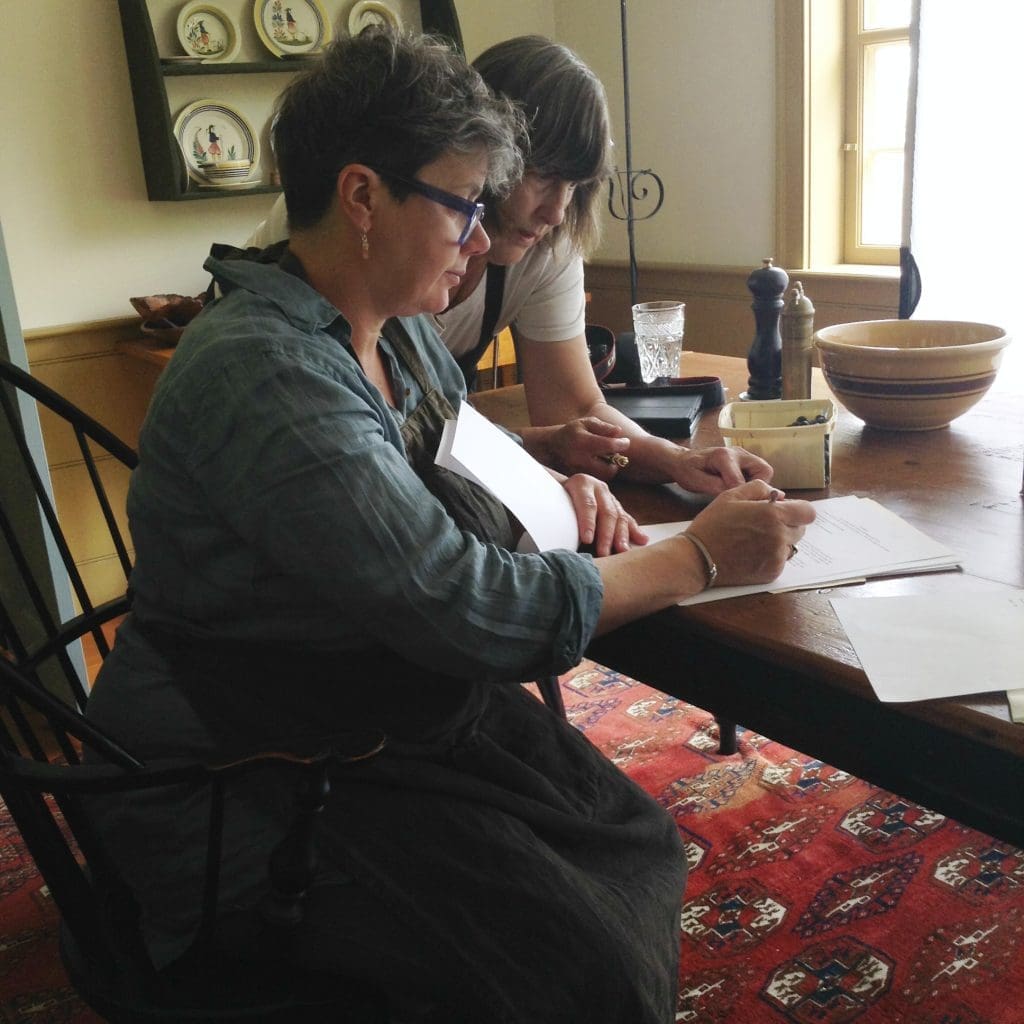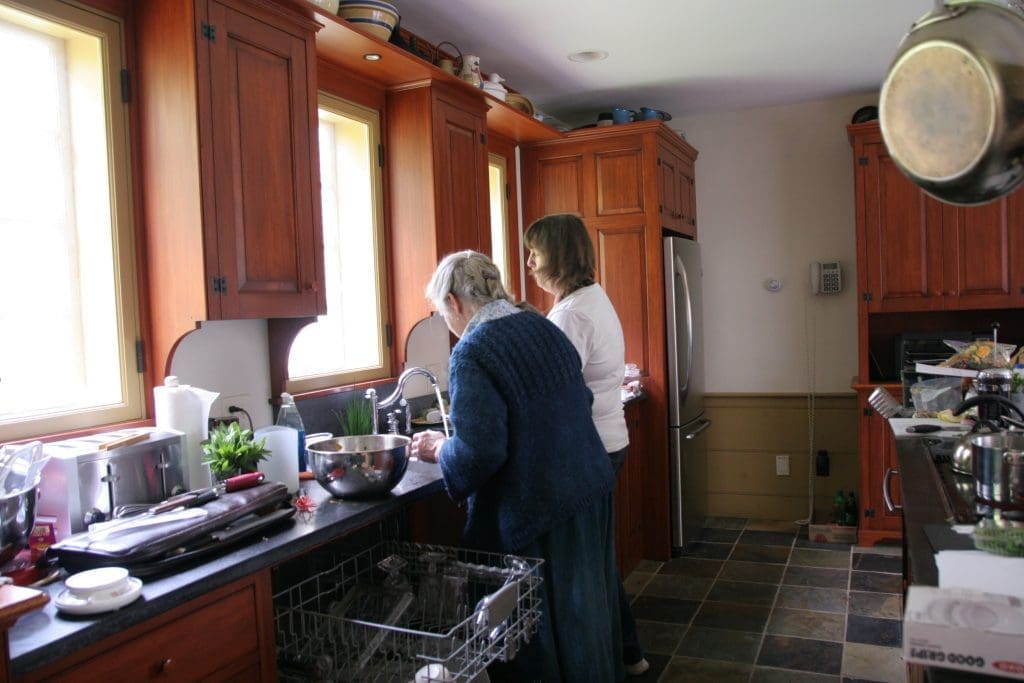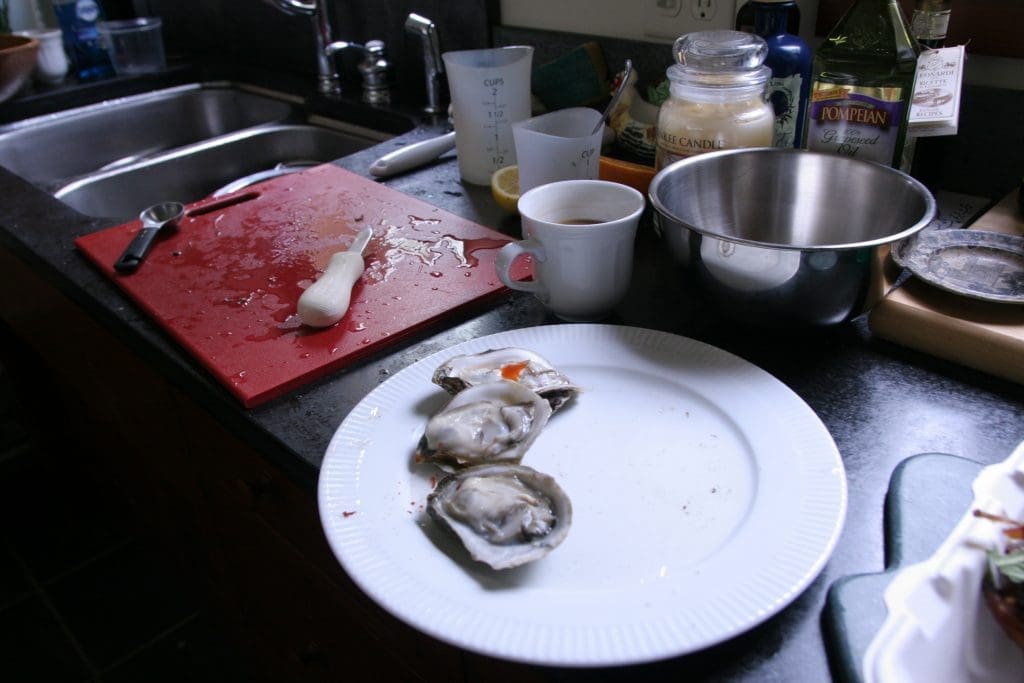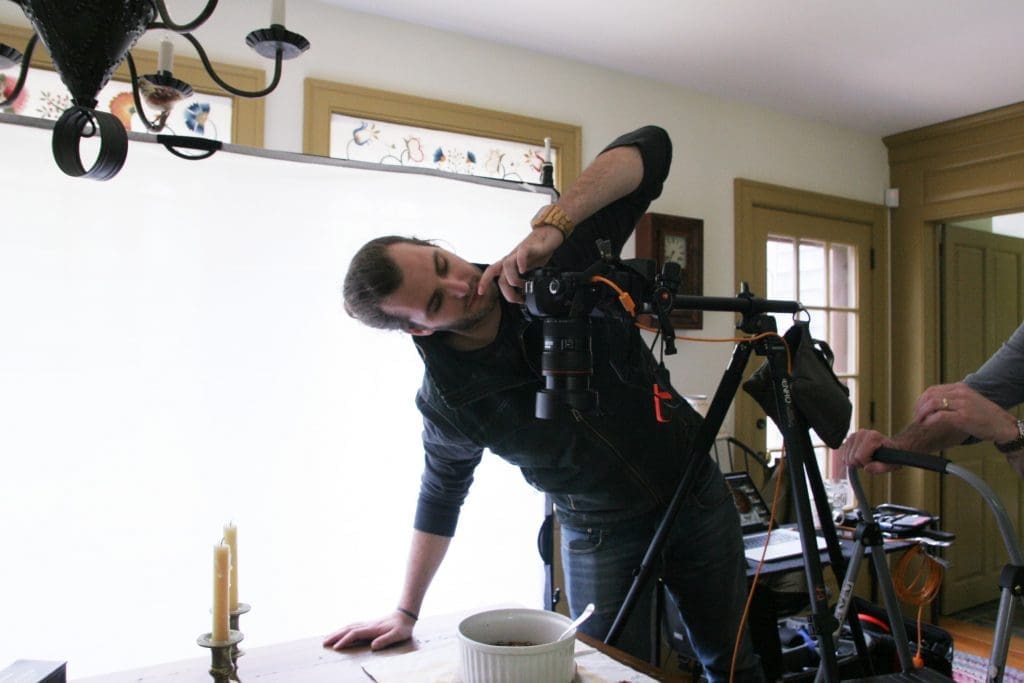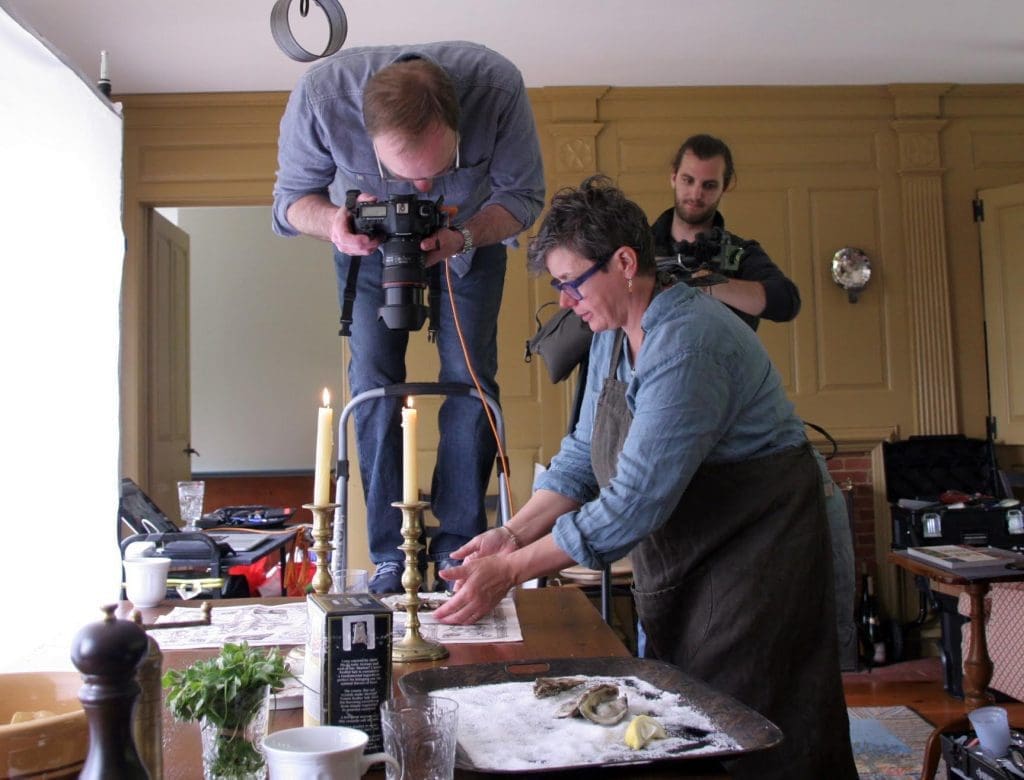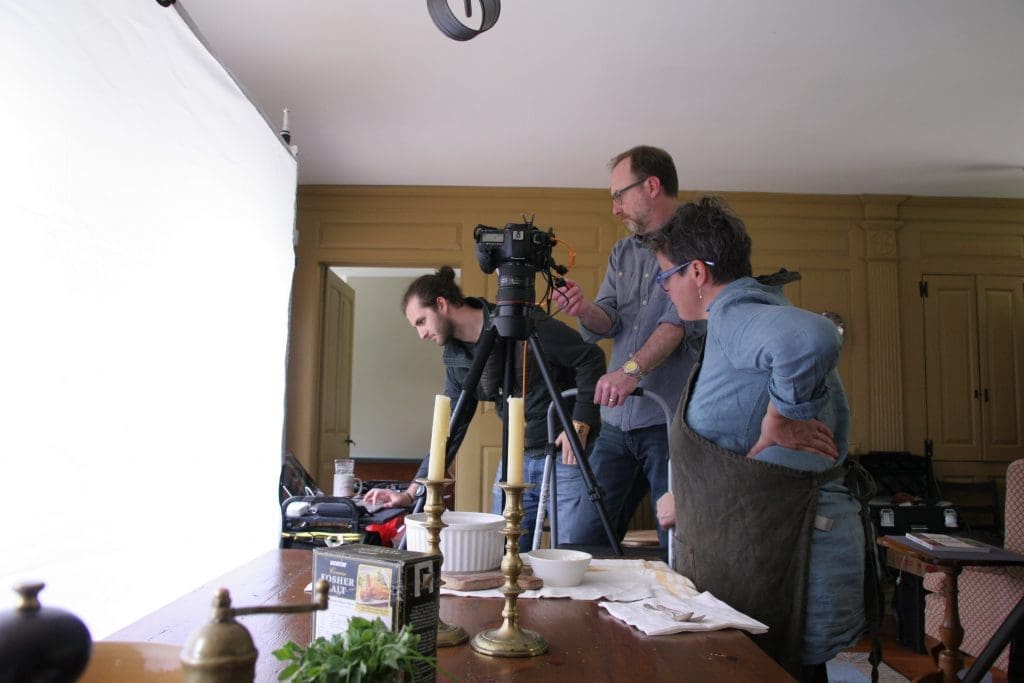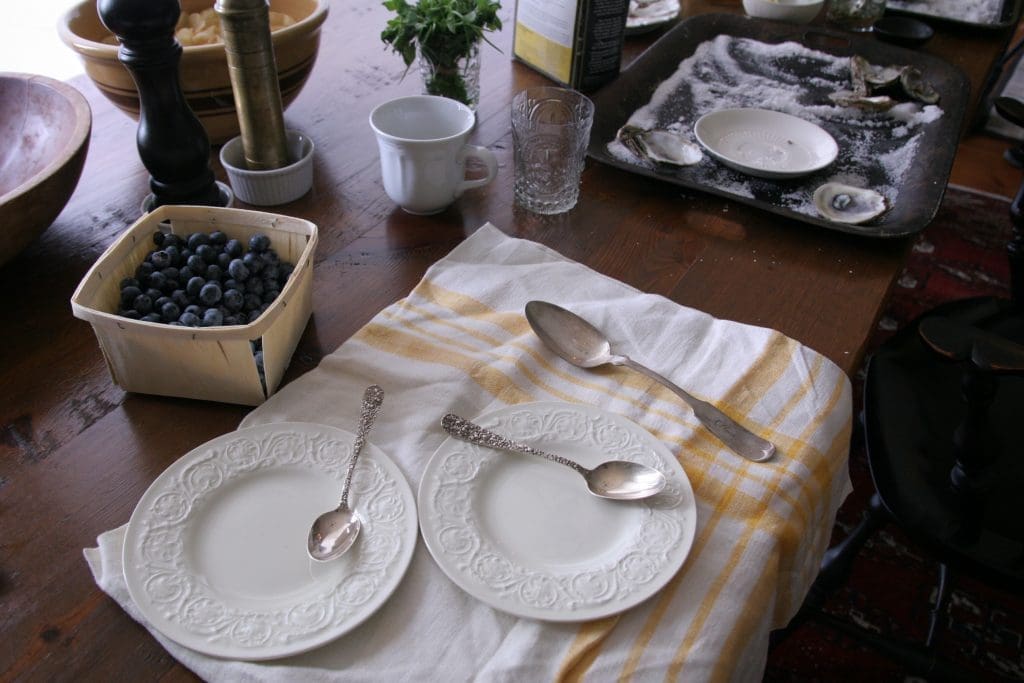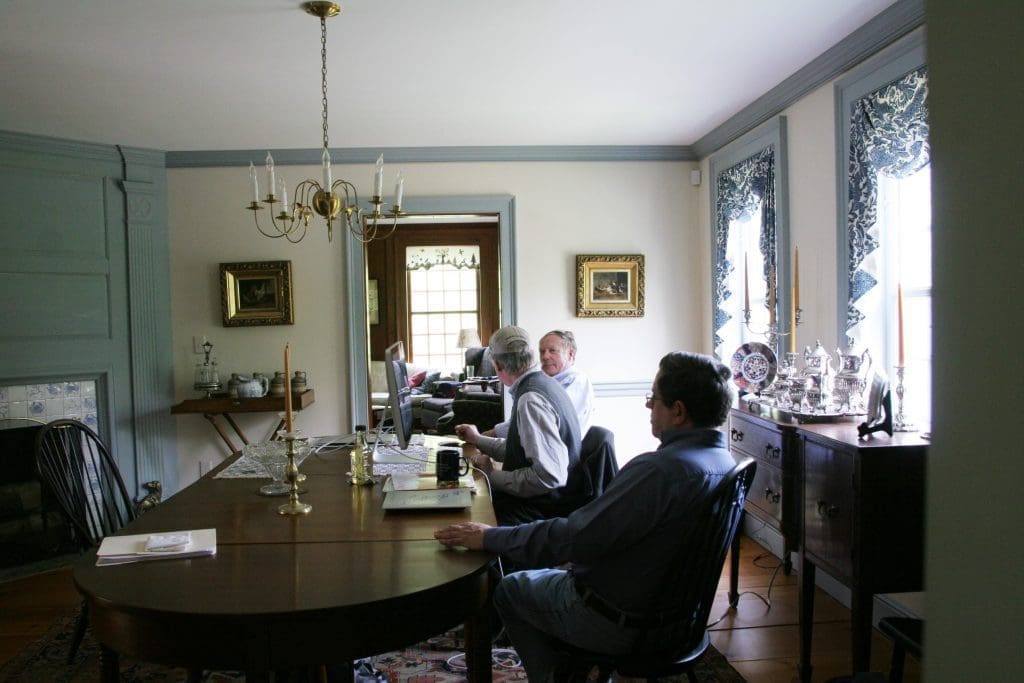D.C. Financial Analyst, Karen Petrou, and founder of Federal Financial Analytics may have designed a solution to getting big investors behind a stage of research that is so hard to fund, it has been dubbed the “Valley of Death” of research by some.
We interviewed Karen to talk about the bill. You can listen to the interview below, and/or read the transcript below.
Interview Transcript
This is Jennifer Williams with the American Macular Degeneration Foundation (or AMDF), and today I’m talking with Karen Petrou, founder and managing partner of Federal Financial Analytics in D.C. about her brainchild aimed at funding a critical juncture in eye research. This bill, introduced into the Congress in July of this year (2018) is called the Faster Treatments and Cures for Eye Diseases Act.
Thank you so much for speaking with me today Karen.
I’d like to understand better what you do with your firm Federal Financial Analytics. How you got into this field? How long you’ve been in the field, and in layman’s terms, what is it exactly that you do?
K: Well, my firm, Federal Financial Analytics, or FedFin for short, has been in business in one or the other since I started it in 1985. And we analyze complicated, as most of them are, legislative and regulatory proposals in the U.S. and the global arena to identify their strategic and policy implications for the largest financial services firms in the world. So it’s a technical practice that focuses on finance and that’s the reason why I started thinking about Eye Bonds (1:32) with my husband who is also, you know, a decade long expert in financial analysis, and what we call engineering, building financial instruments to accomplish critical goals.
I sit on the board of the Foundation Fighting Blindness and when I learned in the course of one of its meetings about the difficulties getting venture capital and private money beyond the foundation’s resources to support critical early stage research I came home and said to Basil that we need to use our knowledge and our firm’s resources to figure out a solution, and that’s the new legislation. (2:15)
J: I know that you’re a frequent contributor on NPR’s Marketplace, but what many people who haven’t met you who may have only heard you on the radio is that you yourself have significant vision loss. Can you just give me a little background about that?
K: That’s right. And of course it’s not relevant for my practice or my day to day life, because I like to think that our clients call on us for my brain. They’re in big trouble if they call upon me for my vision. I have a form of Retinitis Pigmentosa. The way that it affects me is not all that different from age-related macular degeneration in that I lost my central field vision first and have remaining, if now very limited peripheral vision
J: As you said, your clients aren’t looking to you for your vision, they’re looking to you for the work that you do, but for a lot of people with vision loss, that vision loss can be an obstacle to continuing to work, and just really quickly, what are the tools and the technologies that you use to continue to do your work, so that your knowledge can be the focus?
K: It was a lot harder when I started in the mid 80’s because I had lost my reading vision and there was really no computer technology then. Now with the screen reading software, both through, I use a program called Jaws on Microsoft and also voice over on my iPhone, it’s really eliminated many of the barriers between being able to read document, write them, and analyze them in-depth. I just go through thing, some people think remarkably quickly. I’m always relying on the screen reading software which has been a terrific assistance. I also rely on my guide dog for mobility and she’s a great aid to getting anywhere I need to go on my own.
J: And what’s her name?
K: Her name is Erica.
J: Erica, oh that’s wonderful.
J: Ok, so let’s talk about the Eye Bonds Bill. You talked a little bit about how you ended up creating it, but can you go a little more in-depth into what it is exactly and again in laymen’s terms for people who don’t have a background in finance or these complicated models. We’re there any inspirations for the model? How did you come up with it?
K: Well, I came up with it because like all the members of the AMDF, retaining vision and saving vision is important to my husband and to me. We tried for a while to think about a way to add to the resources your foundation and the Foundation Fighting Blindness put into early stage research, but clinical trials where you start taking tested, proven, basic research and trying it out on people is very, very expensive. And early on, it’s quite risky. So we started to think about, how do you encourage private funds. Not venture capital, not big bio-pharma, because they only come in at the END of the clinical trial process. How do we get more up-front money so that all of the great science your foundation, the Foundation Fighting Blindness, and the National Eye Institute (NEI) among others funds doesn’t die, not because it’s unsuccessful, but just because there’s no money to move it forward.
We came up with the idea that in HR5421, The Faster Cures and Treatments for Vision Act the concept of a limited federal guarantee so that private investors, likely really large insurance companies and pension funds would purchase packages of loans or other extensions of funding to eligible researchers.
The National Eye Institute would pick the projects so we know they’re the best of the best and they would pick them across the spectrum of vision loss and blinding disorders including, of course, age-related macular degeneration and retinitis pigmentosa.
Once these packages are put together, bonds would be sold into the investment market and a federal guarantee of up to 50% of the dollar amount of the bond would ensure that the private sector investor wasn’t taking more risk than they were, or right now are willing to take in an area that’s never been tried before.
J: Can you repeat, who would be investing in these?
K: It wouldn’t be any of us. We don’t view these as the kind of investments where you could go to your mutual fund or broker or retirement plan and say I want to buy an eye bond. These would be instruments designed for large investors, such as insurance companies and pension funds.
J: And so this is going to cover, I’ve heard it referred to as the ‘Valley of Death’ of research. So you have the early discovery research which is typically happening in universities and that’s usually funded in large part by the government and in the case of eye research it would be the National Eye Institute which is an arm of the National Institute of Health and also foundations like us. And then once it gets to clinical stages, you have three stages of clinical research. 1, 2 and 3 and it’s the stages 1 and 2 where the funding sort of drops out.
K: That’s right, even a little bit before, there’s a muddy area before you get to the Valley of Death. Late stage basic, pre-clinical and we see eye bonds starting there and it’s especially again, phase I, phase II, and even early III, it’s just where there’s good science and no money, that’s the goal here.
J: And can you explain why the funding drops out at that point? What is your observation about that?
K: The funding drops out because the analytical dimensions, the way financial institutions normally think about risk are very complicated. You’re going to make a decision about investing in early stage research you’re definitely taking a lot of risk and you have to know a huge amount to do that. And where the real big money is in insurance companies, pension funds, some more what we call institutional investors, they don’t invest in that kind of scientific knowledge base. Venture capital companies do, and big bio-pharma, of course, has it, but they can only take a certain amount of risks. So they like to see which projects have made it through phases 1 and phases 2 and then they pick the ones they like the best towards the end of that phase to move forward.
And sometimes because their decisions are really based not on how good the science is, even though that’s important, but on how many patients, how much money they can make. Treatments and cures for orphan populations, small populations of patients, like me and others with certain vision impairments, some patients with age-related macular, you may not get that later stage funding from venture capital or bio-pharma because, even though the science is good, and there’s a very good chance of a really effective treatment or cure, there’s not enough money in it.
J: Now foundations, they’re not typically going to have the big money to spend at those stages but why does the government funding drop out at that point, in your opinion?
K: The opinion is clear from the law. The government funding drops out because the United States, unlike, by the way, Europe and Japan and many other countries, we here have a strong policy, or political commitment to having the government fund only basic science. There’s a lot of concern that if the government gets into this later stage bio-medical research, it might compete with the private sector or crowd it out. So our model in bio-medical research, as it is in many other areas, is a very tightly contained role for the federal government. And for vision research, that is really only basic.
J: Ok. And so, the way that I’m understanding this, from what I’ve read about it, is that what reduces the risk for investors here is that you’re going to have multiple projects packaged into one bond and that’s essentially how bonds work. And it’s somewhat been compared to the mortgage packaging model, which of course doesn’t have a good reputation in the general public opinion at the moment because of it being such a large factor in the economic down-turn not too long ago. But I understand that you have written in things into this bill that would lower the risk of that happening with this. Can you talk about that?
K: It’s very similar. It’s what’s called portfolio diversification. You put a variety of things into a single financial instrument is a very well proven way of reducing risk. It didn’t work in some of the mortgage backed securities during the crisis because they weren’t in fact risk-diversified. The riskiest portions of the market, the so-called sub-prime mortgage backed securities weren’t diversified, they were hugely risky. And it was THEY that then sparked the rest of the financial crisis, not old, conventional, tried and true portfolios of far more stable and secure mortgages. So we know how to do good diversified pools of bonds and the legislations is carefully drafted to ensure that eye bonds recognize that history and adhere to it.
J: One of the exciting things when I was reading about the eye bonds bill is that there’s no risk, or there’s no burden to the taxpayer.
K: Well, we hope not. I’m sorry, there’s always risk to the taxpayer when they have a 50% guarantee, and that’s why we go up to a 50% guarantee, and that’s why this is a pilot program. The eye bond legislation would fund a billion dollars of research in vision, but we have checks and balances and controls along the way because that’s a half a billion dollars of potential taxpayer risk. We have a lot of other controls in there including ways of safeguarding the taxpayer that we budget experts believe that it will cost the taxpayers very little to nothing. But nobody’s ever done this before. So we don’t THINK it puts the taxpayer at risk, but we won’t know til we try.
It’s important to note that if this works, it will work for other diseases and disabilities , particularly those with diverse patient populations like cancer or Alzheimer’s. This is an experiment with vision. If we can raise a billion dollars I think we’ll cure a lot of vision impairment and blindness, but we’ll also prove that private capital can be mobilized to treat and cure many other diseases and disabilities. (15:?)
J: Yeah, and that was the next thing I was going to ask you, is that when you were talking about this being a pilot program, so you started with vision because this is something that affects you personally but this can go much beyond that if this works well.
K: Absolutely, our plan is to try these as eye bonds and then if they work we believe it will found what we’re calling a, quote, bio-bond market. There’s something like this called green bonds which fund hundreds of billions of dollars of environmental clean up and sustainable energy development, and we’re following that model to try to speed treatments and cures across the spectrum of disease and disability.
J: Yeah, so it sounds exciting, what has been the reception so far for this and who else, who’s signed on as co-sponsors of this, where do you have support coming from, you know, what obstacles are remaining at this point?
K: The response has been enthusiastic but we’re at the end of the current Congress and we’re right in the middle of the election season. The legislation is HR61-21 and you all can find it by looking on the congressional record and a lot more easily go to www.eyebonds.com and you can find the legislation, more information about it, and importantly also, how to call your member of congress and ask him or her to co-sponsor it. The Foundation Fighting Blindness has done this and generated a lot of grassroots support which in turn has led to several key co-sponsors, both Republican and Democratic. And that’s our goal. In this congress we really want to generate interest and enthusiasm so we have a very strong platform for action to final passage next year in the new congress.
J: So yeah, you said next year. WHEN next year would this be coming up for approval?
K: The congressional process is such that you have to introduce legislation, then it goes through hearings and then it’s impossible to tell at this point what the timing is. We will certainly move it as fast as we can once it’s re-introduced in 2019. Our goal first and foremost is to get a lot of support in 2018 to power us into 2019 and then we’ll adopt a new strategy with a new congress – the leadership may change – party control may change and we’re going to, with our great team of pro-bono lobbyists make the best call we can to power this through as fast as we can next year.
J: So this is where the grassroots community can come in. So the macular degeneration community, every single person listening to this could contact their representatives and say that they support this bill and they want their representatives to support this bill. Is that right?
K: That’s right. Could, and I hope WILL because it does make a big difference and again you can find out how to do it as well as if you’re not sure who your member of congress is there’s a site on the eyebonds.com website that you put in your address and it will tell you who your member of congress is and then make it easy to write or call them.
J: Oh, that’s excellent, thank you. And you mentioned, both earlier in this conversation and elsewhere that you believe without a doubt that eye disease can be cured in your lifetime if something like this passed, um, and cure is a strong word in terms of medical conditions and science, I mean we have come up with cures for some things, but a lot of times it really comes down to prevention and treatment, but I’m interested to hear why you feel so strongly that we’re close to cures, and what do you think are the most promising developments in research that you’ve been seeing?
K: Well I feel really strongly about this because I sit on the, as I said, the board of the Foundation Fighting Blindness and I see a lot of the research we’ve been funding for years proving that it prevents or in some really exciting cases, reverses severe vision loss. I sometimes joke, we have a lot of mice who can see the end the maze. The real challenge now is getting what fixed the vision in the mice into people. That’s the missing link. Because the research is so advanced and it’s moving unbelievably quickly, at least in retinal degeneration for AMD and retinitis pigmentosa, scientists tell us they expect to make enormous advances and the more money, the faster and the better. So they’re extraordinarily optimistic and I’m guided by their views and hope we’re right.
J: Yeah, we’ve been hearing that as well from scientists and I’m wondering, I mean research I think it’s really difficult for people to understand why research and treatments and cures take so long. But the research process is a long process. I feel like, or what I’ve been witnessing is that research that started 10 or 20 years ago is now starting to come into a fruition stage, so that’s the sort of exciting juncture that we’re at right now. Would you agree?
K: That’s right, I would agree with that. I think it’s important to know that now that we’re at that juncture it takes about a hundred million dollars for EACH single cure to move forward. That’s where we’re at. We have great science but we’re stuck because the valley of death is huge and there’s just not enough money. There’s some money, your foundation, mine, and others but we need a lot more to really move things towards phase III and proof of safe, effective treatments and cures. We’re going to lose a lot of time and I think a lot of good science if we can’t generate more money to bridge the valley of death.
And again the action message you brought out and I think that’s the most important thing. Get people understanding this and seeing how easy it is for them to make a difference. I know the Foundation Fighting Blindness, one of the reasons people are really excited, everybody wants to give money and support the cause but they’re really excited about something else they could do.
J: Yes, I definitely think people want to feel empowered to move the research forward. So this is very exciting! Well, thank you so much for speaking with me today.
Learn More About the Eye Bonds Bill at eyebonds.com
